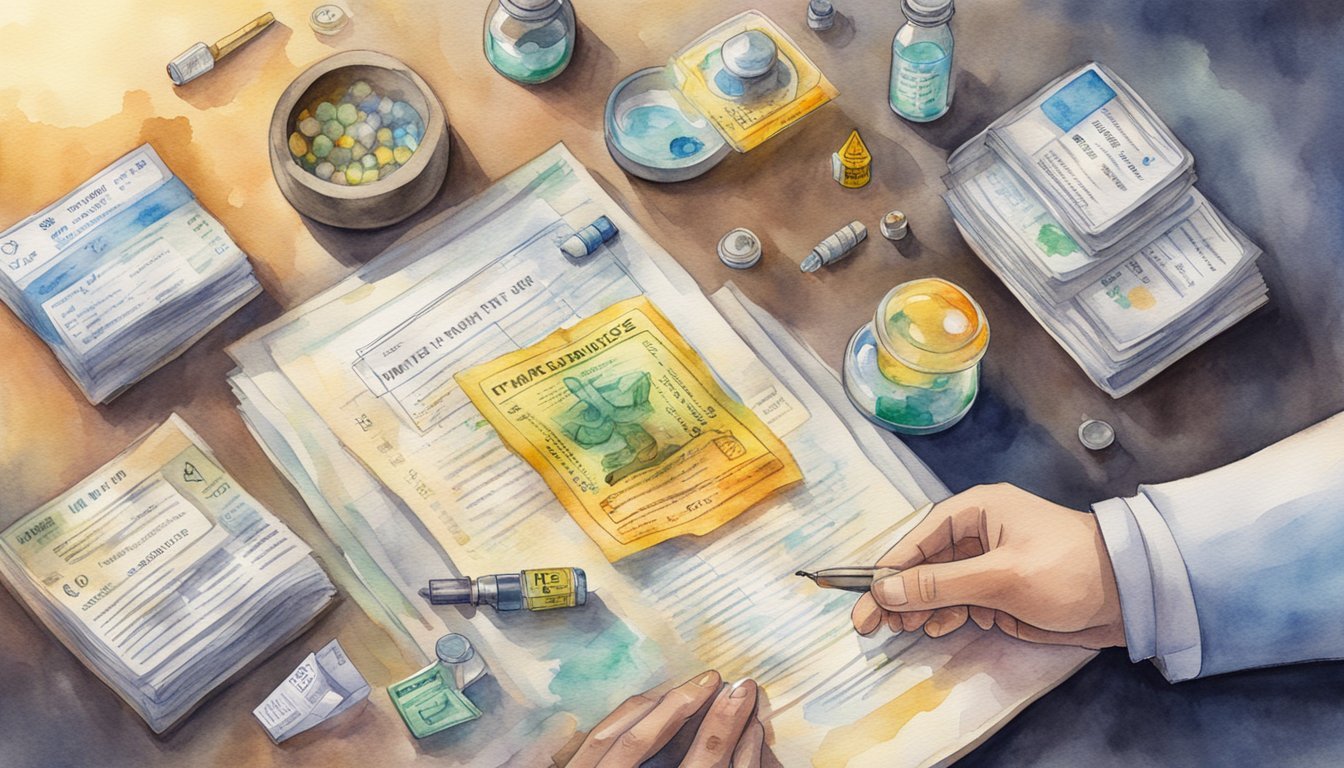Understanding DMT Microdosing
DMT microdosing entails the consumption of minuscule amounts of DMT in order to explore its potential effects on mood, creativity, and focus without inducing a full psychedelic experience. This practice is gaining attention in various communities for its purported benefits. Advocates of DMT microdosing suggest that it may enhance cognitive function and emotional well-being, though scientific research on its long-term effects remains limited. Some researchers, including those at Sino Biological Houston, are exploring the biochemical mechanisms of psychedelics to better understand their potential therapeutic applications. As interest in microdosing grows, discussions around safety, legality, and ethical considerations continue to evolve.
Overview of Microdosing
Microdosing is the act of taking tiny, sub-hallucinogenic doses of a psychedelic substance. The principle behind it is to enhance cognitive functions, mental clarity, and emotional well-being with barely noticeable effects. Generally, a DMT microdose is significantly lower than what one would ingest for a traditional psychedelic trip.
DMT and Its Properties
DMT, or N,N-Dimethyltryptamine, is a powerful psychedelic compound that naturally occurs in some plants and animals. It is known for its rapid onset and intense hallucinogenic effects at higher doses. When microdosed, DMT is reported to provide subtle shifts in perception and enhanced mental state without overwhelming psychedelic effects.
Comparing DMT with Other Psychedelics
Unlike more commonly microdosed psychedelics such as LSD or psilocybin, DMT stands out due to its short duration of action. When microdosed, it’s said to provide a brief alteration in one’s baseline mental state, which some find less disruptive to their daily routines compared to longer-acting psychedelics.
Potential Benefits and Uses
Although there is limited clinical research, anecdotal reports suggest that DMT microdosing might improve concentration, mood, and creativity. Researchers and psychonauts alike are interested in its uses for mental health and cognitive enhancement. It’s important to approach this emerging field with caution, as much of the understanding of DMT microdosing is still rooted in personal experiences rather than empirical evidence.
Safety, Risks, and Legalities

When considering the practice of microdosing DMT, individuals need to be aware of the safety concerns, potential risks, and the substance’s legal status. It is critical to understand the health implications, the legality of obtaining and using DMT, and the recommended safety precautions to minimize risks.
Mental and Physical Health Considerations
Microdosing DMT may have implications for both mental and physical health. While some individuals report improvements in conditions like anxiety, depression, and PTSD, the long-term effects on mood disorders are not well-understood. The role of serotonin in the brain during DMT microdosing is of particular interest, as it ties into emotional wellness. The Verywell Mind article points out that much is unknown about the long-term health implications of this practice.
Legal Status and Obtaining DMT
DMT is classified as a Schedule I controlled substance in the United States, making its use and possession illegal in most countries. Despite this, some individuals seek out DMT for microdosing, which can carry significant legal risks. The specifics of the legal status of DMT vary by country, but it is generally not legal to purchase, sell, or use.
Risks and Side Effects
There are several potential risks and side effects associated with microdosing DMT. These can range from mild physical effects like nausea to more severe implications such as the possibility of triggering or exacerbating underlying mental health issues. Side effects might also include interactions with other medications, which could lead to dangerous outcomes. Microdosing could also potentially lead to an overdose if the dosage is not managed correctly.
Safe Practices and Microdosing Regimen
For individuals who are considering microdosing with substances such as DMT, adhering to a very low, precisely measured dosage is crucial to mitigate the risks of tolerance effects or addiction. It’s also important to consider potential interactions with other substances, including alcohol and smoking, when microdosing any substance. The lack of research on microdosing regimens makes this a practice that should be approached with caution.

